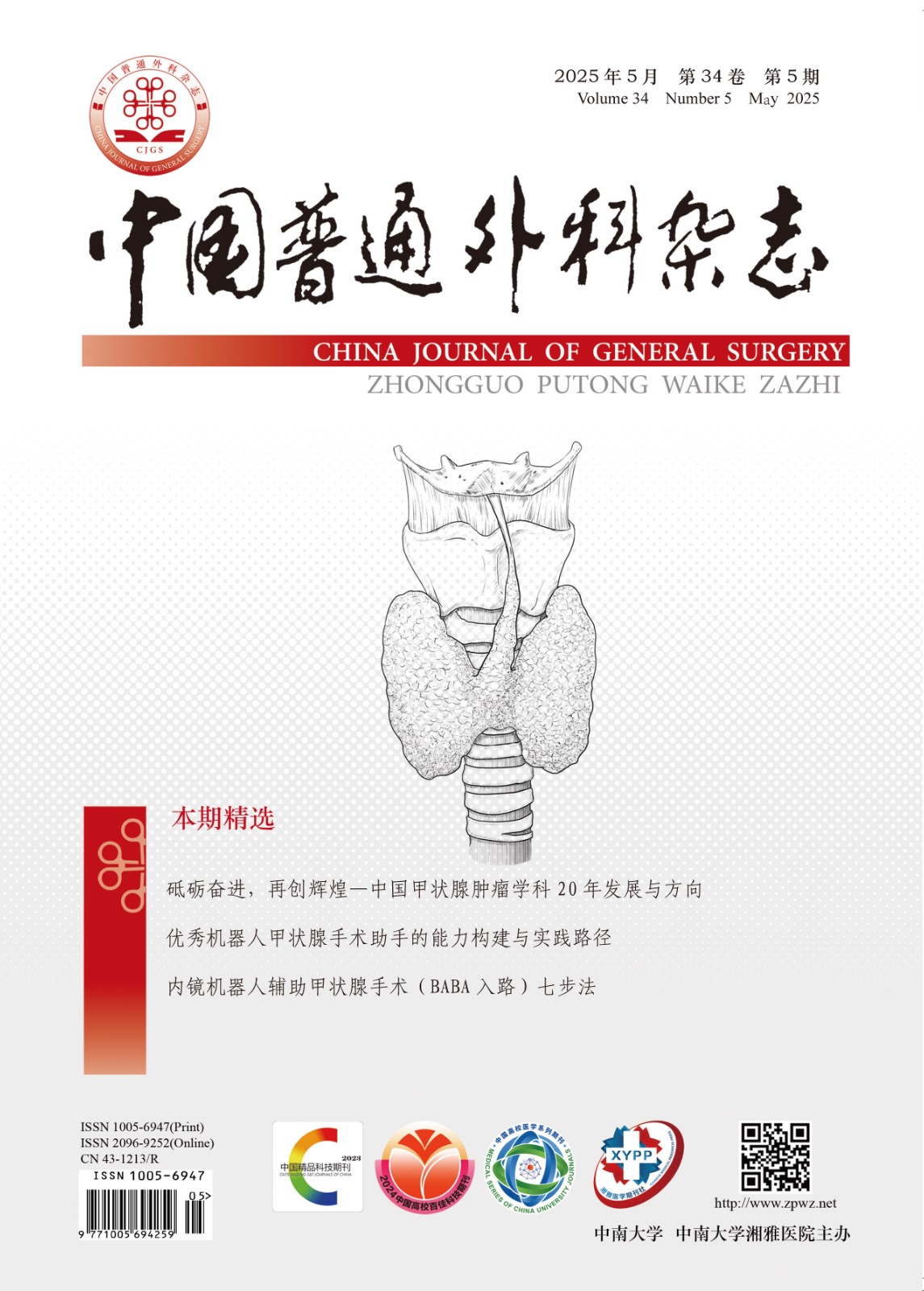Abstract:Objective: To evaluate the safety and effectiveness of using enhanced recovery after surgery (ERAS) protocols during the perioperative period of open liver cancer resection and the influence on postoperative recovery of the patients.
Methods: The randomized controlled trials (RCTs) concerning using ERAS in open liver cancer resection were collected by searching several national and international databases. After the quality assessment and data extraction of the included studies, Meta-analysis was performed by using ReMan5.3 software.
Results: Sixteen RCTs were finally included, involving 1 770 patients with 888 cases in ERAS group and 882 cases in control group. The results of Meta-analysis showed that in ERAS group compared with control group, the incidence of postoperative complications was significantly reduced (MD=0.47, 95% CI=0.35–0.63, P<0.001); the time to first postoperative gas passage was shortened (SMD=–3.64, 95% CI=–4.72–2.56, P<0.001); the levels of alanine aminotransferase on postoperative day (POD) 3 and 7 (MD=–50.23, 95% CI=–59.35––41.11, P<0.001; MD=–37.48, CI=–42.19––32.78, P<0.001), and the levels of C-reactive protein on POD 1 and 3 (MD=–38.64, 95% CI=–61.14––16.14, P<0.001; MD=–26.75, 95% CI=–46.03––7.47, P<0.01) were all significantly decreased; the length of postoperative hospital stay (MD=–2.71, 95% CI=–3.86––1.55, P<0.001) and total hospital stay (MD=–2.86, 95% CI=–4.11––1.62, P<0.001) as well as the hospitalization cost (MD=–1.20, 95% CI=–1.84–
–0.57, P<0.05) were all significantly reduced.
Conclusion: The implementation of ERAS programs in the perioperative period of open liver cancer resection is safe and effective, can accelerate postoperative recovery, and reduce hospital stay and medical costs of the patients.

